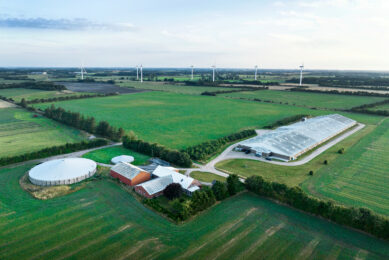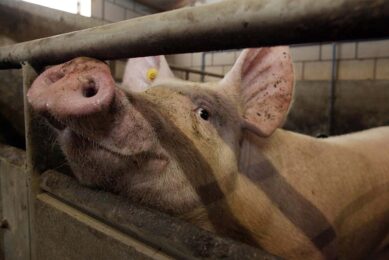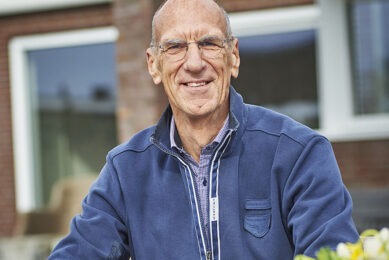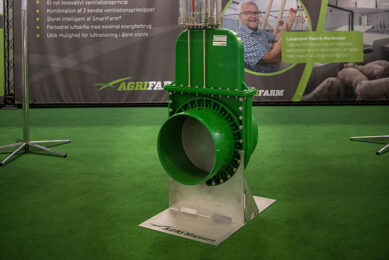Lower emissions when pig manure is removed more often
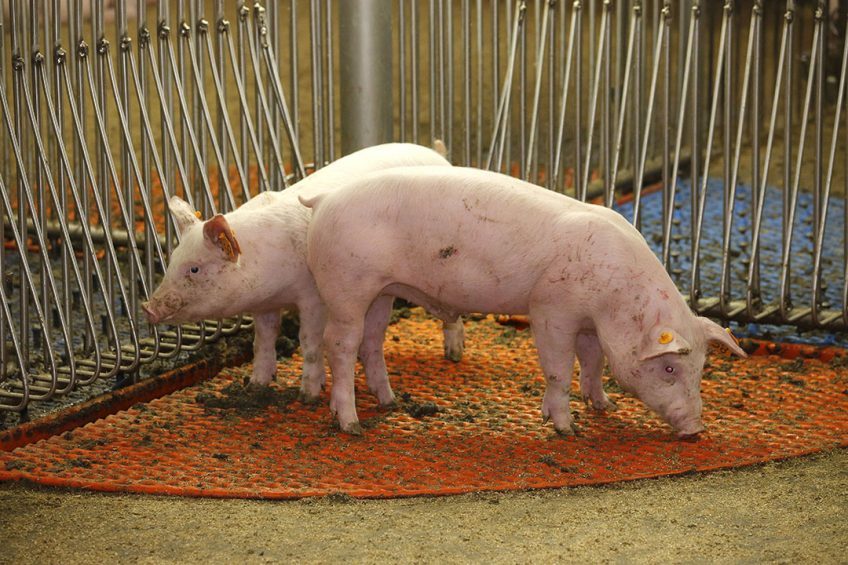
“Do remove pig manure regularly as well as completely – and preferably remove the urine separately.” That, in short is the recommendation given by researchers of Wageningen University & Research in the Netherlands.
Commissioned by the Netherlands Ministry of Agriculture, Nature and Food Quality, the researchers investigated which measures could be taken by pork producers to reduce emissions integrally and at the source. Removing manure to a closed storage space can reduce the pig house emissions considerably, they found. The report, called ‘Measures at the source to reduce emissions from existing pig houses’ was published only in Dutch.
Especially the combination of measures could lead to a considerable reduction of several types of emissions at the source. Included are emissions of both ammonia, odour as well as dust particles.
Examples of successful approaches
A good example in that context is the often and complete removal of manure using manure pits, manure gutters or manure shoves in combination with clean floors as well as a specific dust reduction measure.
One other example would be to readmit the thin fraction to the manure pit after having been exposed to air, in combination with clean floors and a specific dust reduction measure. This fraction will no longer generate any ammonia and odour emissions and will therefore also reduce that type of emissions from fresh manure.
Thirdly, the cooling of manure would also be a good measure to reduce emissions, the researchers wrote. At the moment, the cooling of the manure surface until about 15ºC is already being applied in practice these days. The researchers, however, launched a plea for a further reduction of that temperature – for all types of manure. To create a completely sustainable system using manure cooling, the removed heat could be used for the use of the piglet houses or adjacent living quarters.
Clean floors are a key condition
Having dirty floors could be a disturbing factor in the context of these measures, the researchers stated. Especially the emissions of ammonia, odour and dust particles will increase in that case. Clean floors are therefore a key condition to be successful to fight emissions at the source.
In addition, feed measures could lead to an extra emission reduction, predominantly to reduce ammonia and odour. Especially the finetuning of the protein levels in feed with the needs of the (individual) pigs could generate an emission reduction.
Improving pig house air quality
Measures aimed at emission reduction at the source will also lead to a strong improvement of the air quality at animal level, the researchers wrote. In existing pig houses with air scrubbers, this can also be achieved by (strongly) increasing minimum levels of ventilation. That will have to be complemented with a certain type of reuse of heat, otherwise this type of energy use will be too high, the researchers wrote.
The report was written by André Aarnink and Nico Ogink, Wageningen Livestock Research and Jos de Groot, DLV Advies.



